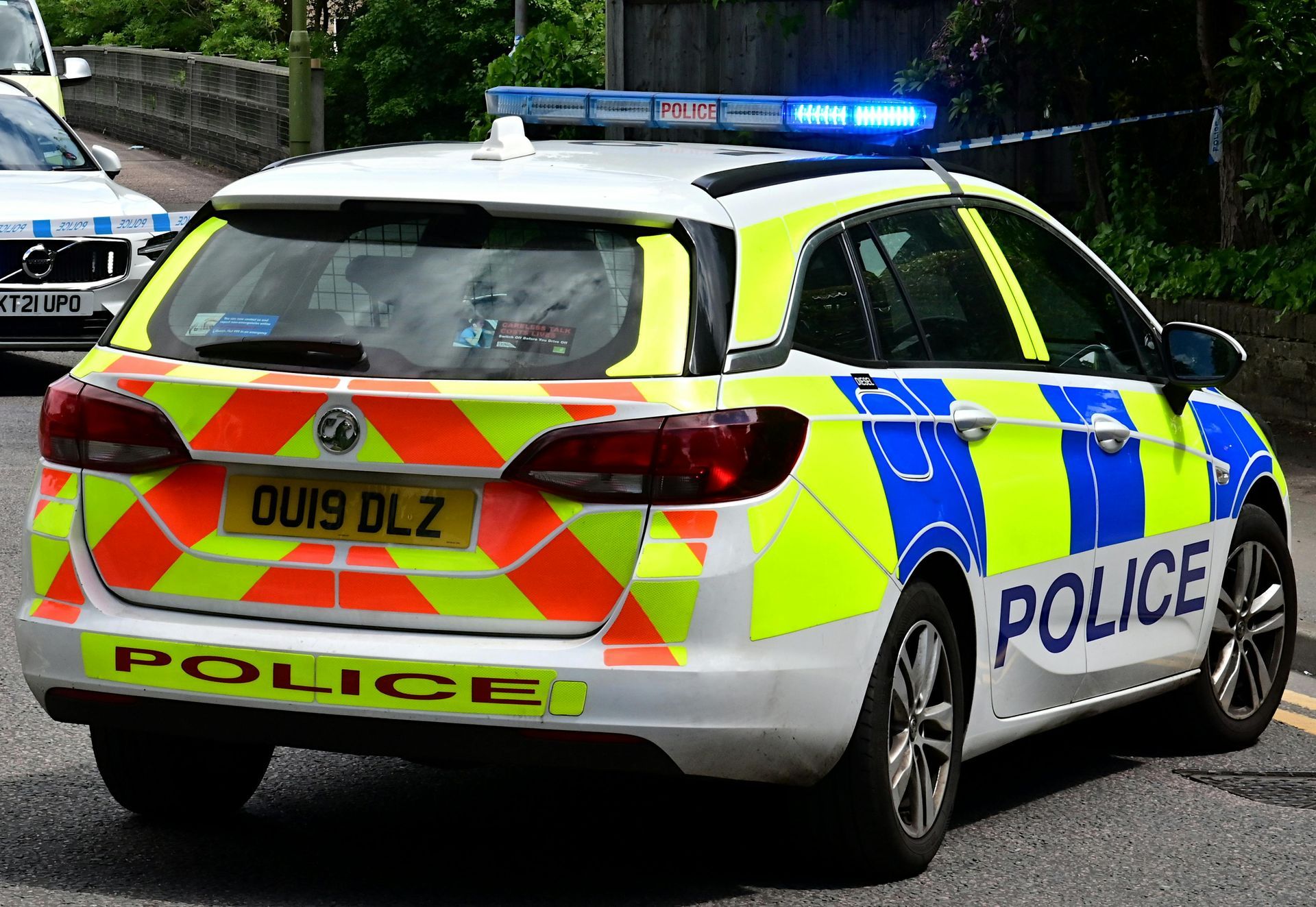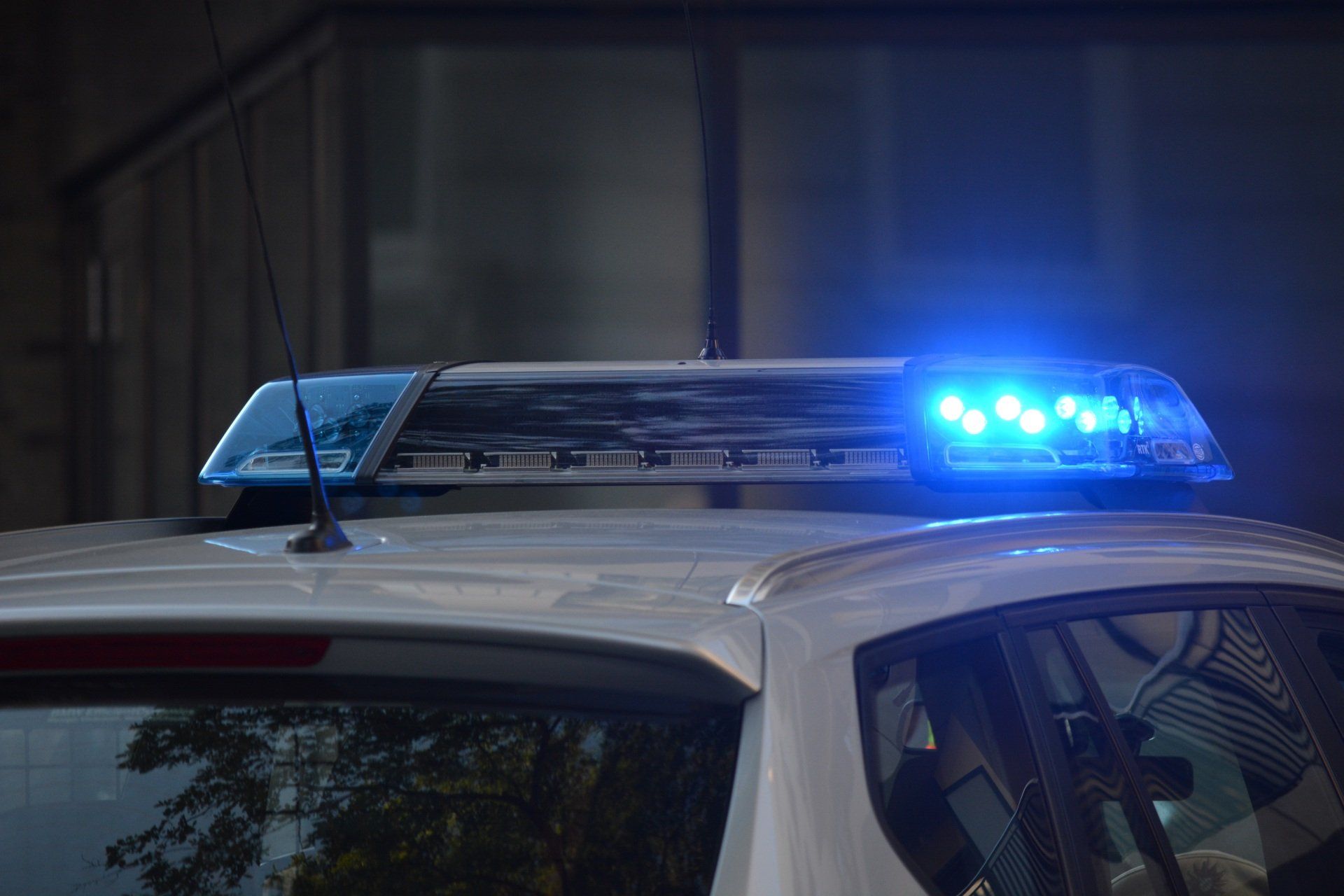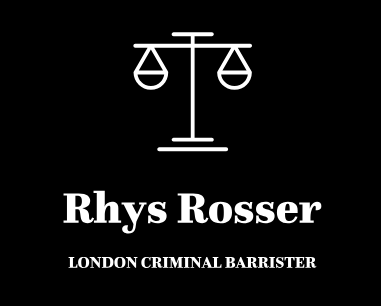What is the Meaning of Drunk in Charge?
Where the CPS and Police cannot prove that someone was driving a vehicle, often the suspect will be charged with the offence of “drunk in charge”. But what does it mean to be "in charge" of a vehicle?

This offence can still result in a disqualification as the sentencing options are:
- A mandatory 10 penalty points or a discretionary driving disqualification
- A fine of up to £2500 and / or a range of sentencing options including community service or a prison sentence of up to 3 months
Section 5 of the Road Traffic Act 1988 states that the prosecution must prove:
- over the legal limit for alcohol (in the blood, urine or breath)
- and in charge of the vehicle;
- and the motor vehicle must be in a place to which the public has access i.e. a public road rather than a private road.
The meaning of “in charge” is not defined in legislation. The following have been held to be relevant factors when determining whether someone is in charge:
- whether and where he was in the vehicle or how far he was from it;
- what he was doing at the relevant time;
- whether he was in possession of a key that fitted the ignition;
- whether there was evidence of an intention to take or assert control of the car by driving or otherwise; and
- whether any person was in, at or near the vehicle and, if so, the like particulars in respect of that person.
The prosecution is not required to prove that the defendant was likely to drive whilst unfit or over the limit.
There is a statutory defence, which means that it applies in every case. As such, it will be a defence if the Defendant can prove it was more likely than not that they had no intention of driving whilst the level of alcohol in his breath, blood or urine remained above the prescribed limit.
This means that the Defendant will be acquitted if they prove on the balance of probabilities that at the material time the circumstances were such that there was no likelihood of his driving it so long as he remained unfit to drive through drink or drugs. “Likelihood” means real risk, a risk that ought not to be ignored. Thus the defendant must satisfy the court that there is no risk that he would drive while over the limit.
Fill in the Below to Contact Rhys and to obtain legal advice










